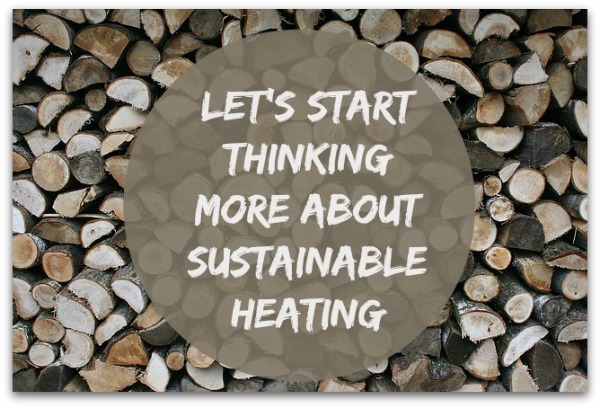
Is sustainable heating in the home something you’ve ever given much thought to?
Here are some amazing facts and figures surrounding renewables in Canada:
- Canada’s renewable energy sources include moving water, wind, biomass, solar, geothermal, and ocean energy. It’s diverse geography is one of the key elements, which allows a diverse range of renewable energies.
- Renewable energy sources currently provide about 18.9 per cent of Canada’s total primary energy supply.
- Moving water is the most important renewable energy source in Canada, providing 59.3 per cent of Canada’s electricity generation.
- Wind and solar photovoltaic energy are the fastest growing sources of electricity in Canada.
These facts and figures are looked at in more details on the Government of Canada Natural Resources website.
Despite these renewable energy advancements, made by our government, there are lots of things YOU can do, to help contribute to a greener, cleaner environment for us all, and really take advantage of sustainable heating.
One thing I feel sometimes gets overlooked in a high-tech world, where super-high tech renewable energy initiatives are changing the way we consume energy, is the ancient and very simple art of burning wood to keep warm.
Burning wood can be an environmentally friendly and sustainable way to keep warm, particularly in rural Canada. The development of high efficiency wood burning stoves, is further increasing the efficiency and reducing the environmental impact of burning wood.
Charlton & Jenrick, based in the UK, is one company I’ve come across, who produce stoves with an efficiency of over 80% – this efficiency figure is certainly not exclusive to them, but they are one of a number of manufacturers, who are focusing more on the environmental benefits of stoves and burning wood.
So What is Efficiency?
If a stove has an efficiency rating of 80%, this means 80% of the heat produced by the fire goes directly into heating a room, and 20% is lost – usually up the chimney into the outside environment. This is a big improvement, when compared to burning wood on a traditional, open fire, which has an efficiency of only around 15-30% – this means a shocking 70-85% of the heat an open fire produces, is lost. The fact that it’s open is one of its downfalls – as it draws warm room air into the fire and up the chimney.
An open fire is great if you want to warm the outside atmosphere! Despite their traditional look and design, which is often reminiscent of days gone-by, they are not energy efficient.
Can a Stove Heat a Home?
Yes it can – if it is set up to heat hot water in a home. It’s not as convenient as conventional heating, but there can be cost savings and significant environmental benefits with such. Most stoves, however, are designed to heat a single room in a home.
Ensuring Maximum Efficiency.
Ensure you only burn seasoned wood. Wood that is not seasoned (contains too much moisture) will produce lots of smoke, a poor flame and can congest a flue/chimney, which can increase the risk of a chimney fire and deadly carbon monoxide poisoning. When you buy wood, try and opt for harder wood, such as oak, as it burns for longer, and produces a good heat output.
Wood vs Traditional Heating Methods:
The main problem with conventional gas heating is that fossil fuels are used, which is totally unsustainable. We can’t continue to consume as we currently do. Wood may not always be as simple to use as other heating sources, however, wood can not only better for the environment, it can save you a great deal of money.
Do you use wood to heat your home in any way?

